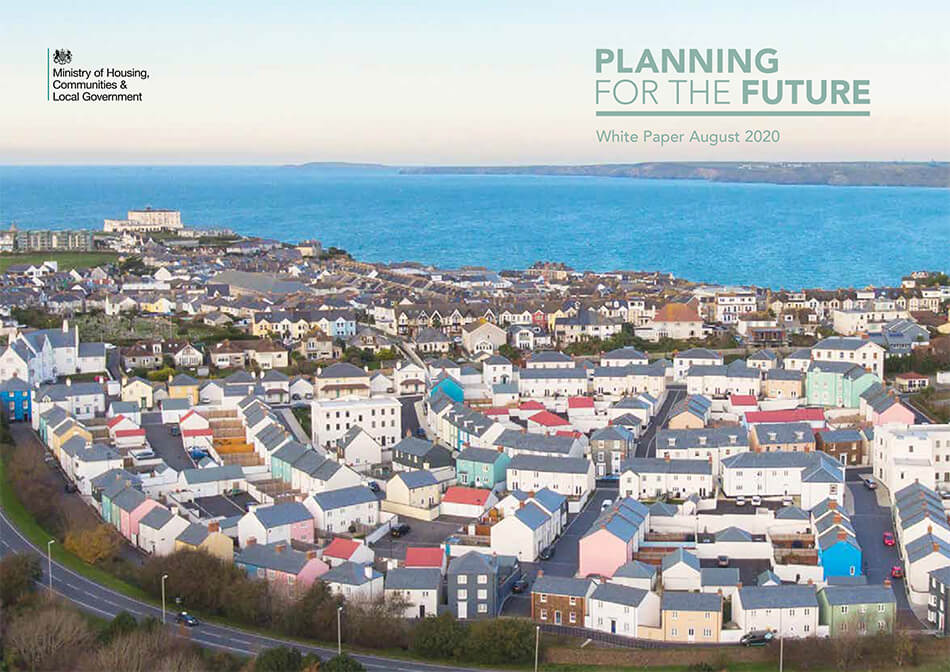Planning for the future – Article #2

Boyer have reviewed the proposed amendments to the system and assessed how these could have impacted a number real life projects that we have worked on in recent years. This is the latest article in a series of four which considers the implications on a range of projects.
Boyer Wokingham secured planning permission recently for homes, community and leisure facilities on a site allocated in the Local Plan which is now being built out.
If the site was being considered against the new planning system proposed by the White Paper then we assume it would have likely been defined as ‘a growth area’ “suitable for substantial development” as the Council had identified it for development in the Local Plan. The term substantial development is not defined by the White Paper although it is envisaged that it would include “comprehensive development, including new settlements and urban extensions, as well as areas for redevelopment”.
It is worth noting that one of the policy/allocation requirements for our site was to retain a green gap between settlements using open space. Therefore it is expected that within the area defined for ‘growth’ under the White Paper proposals, there might be an area marked as ‘Protected’ – although again the White Paper is vague about it’s definition of protected areas.
This identifies one of the key flaws with the proposed new process; how to deal with areas where there may be a mixture of ‘zones’ within an area, which given the way our places have grown organically in the UK is likely to be the case in many areas. Under the proposed new system would this be dealt with by a complex map of growth, renewal and protected areas? Does this mean that the ‘automatic permission’ associated with the ‘growth’ area would not be relevant in this case due to the potential inclusion of a protected area? In addition, as our initial application was hybrid, would that have been able to benefit from the automatic permission, or would we have been required to submit a hybrid application in the normal way? Alternatively would the area be defined for ‘growth’ but have a detailed Design Code requiring protection of certain parts of the site?
The White Paper proposes that Design Codes would be led by Local Planning Authorities and Neighbourhood Plan Groups and that they would either form part of a Local Plan or effectively become Supplementary Planning Documents. The White Paper notes these could be produced for whole authority areas or specific sites. Presumably these would require a lot of site specific assessment in order to be sufficiently robust and capable of being followed through.
Given the complexities of this site it is anticipated that a site specific Design Code would have needed to be produced, which future applications would be required to comply with. However, as these Design Codes would be produced at Local Authority level, would there be any flexibility once a developer is on board and more detailed site assessments have been undertaken? In advance of the Reserved Matters application, we had to prepare a Design Code (prepared by the developer) – would this obligation have been removed if the LPA had already undertaken a Design Code for the site?
The applications for this site required the submission of complex and detailed reports and assessments, including an Environmental Impact Assessment (EIA). The White Paper proposes shorter and more standardised applications, so it will be interesting to understand how that sits with EIA Regulations for major sites. In a Growth Area, would an EIA development get the ‘automatic planning permission’? If not, then we would have been required to submit a planning application in the normal way.